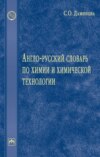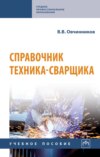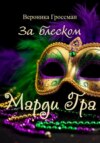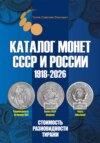Format
Tillar
Yuqori baho
Tanlanmagan
Kitoblar 4 va 5 yulduzlar bilan baholangan
Birja chegirmasi bilan
Tanlanmagan
Litres mualliflari
Tanlanmagan
Eksklyuzivlar
Tanlanmagan
Mashhur
Англо-русский словарь по химии и химической технологии
София Оскаровна Даминова
rus tilida
Matn PDF
164 091,72 s`om
Словарь аббревиатур и акронимов русского языка
Игорь Александрович Елисеев
rus tilida
Matn PDF
351 114 s`om
100 вопросов к управляющей компании в многоквартирном доме
Полина Давыдова
rus tilida
Matn
71 393,72 s`om
























